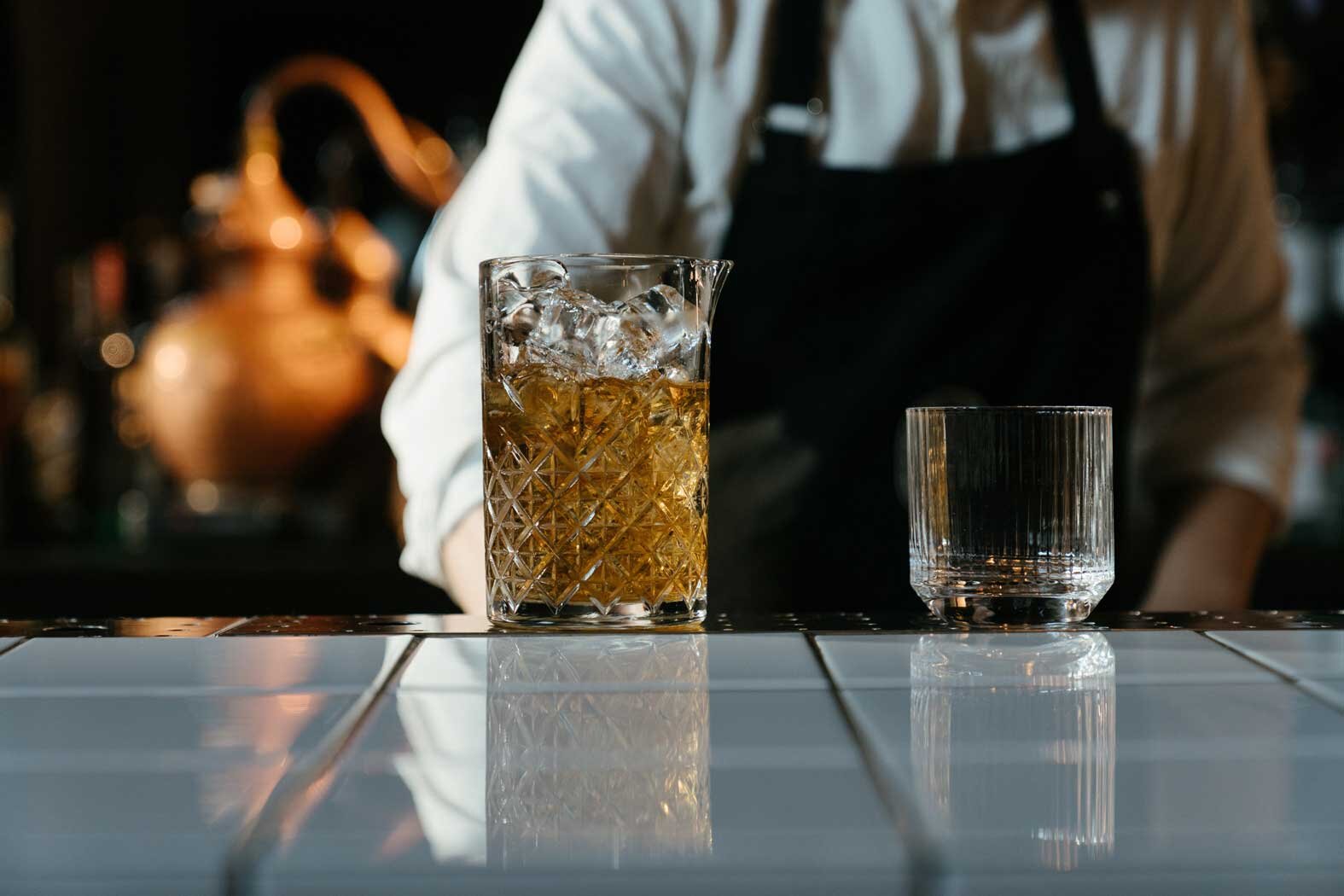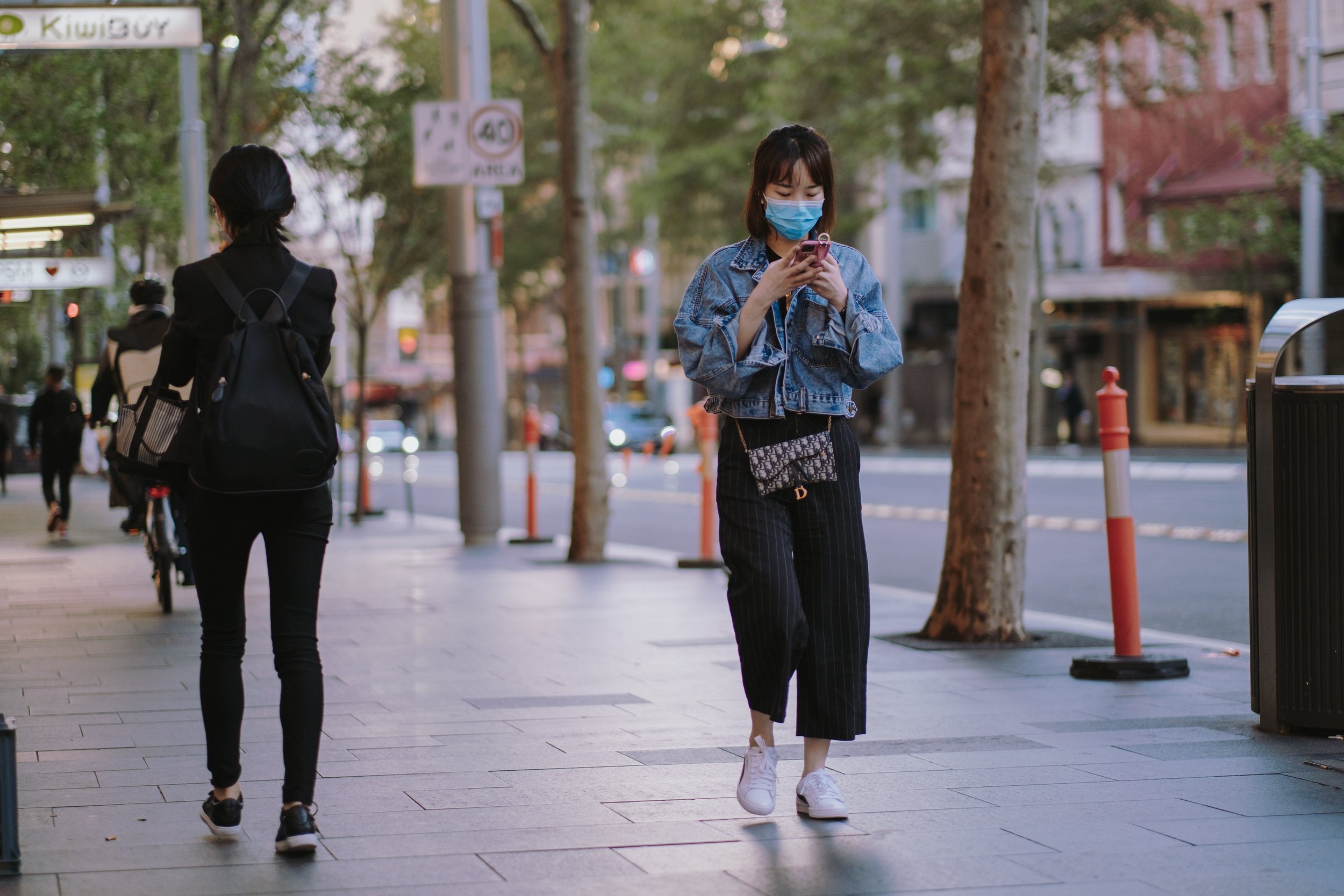Drinking problems: You can’t find happiness in alcohol
Man Cave Man: Now much healthier and happier, learn more about Zul Andra and his past toxic relationship with alcoholism
Text: Zul Andra
At the tail end of a house party, the host asked if I wanted another cocktail I can’t tell my right feet from my left. I can’t feel my face. I’m squinting at things that are far away and shouting at things that are nearest to me. It’s fair to say that I’m drunk and another alcoholic drink would be a very bad idea.
I stood up, took a few steps forward while leaning backwards, and extended an appreciative handshake-fist bump monstrosity — if this was a hand shadow puppet show, it’d have looked like a disappointment. It was then that I realised the host was across the other end of the living room and I was still seated gesturing at nothing in particular. I skulled one more Old Fashioned and decided to leave. The host thanked me for not vomiting in his house as I went on my way.
At Ann Siang Road I stumbled out of the cab and sat on the curb next to a dustbin. I could see the mirage of the bar teasing me from under my eyebrows. It then blurred out of sight as my head hit the curb. I got up and puked politely — as in it wasn’t all over the place but a neatly compact lump of chow — next to the dustbin and fell asleep.
This was about a decade ago. I was in my late twenties and emerging as a prominent nightlife writer in Singapore. This has remained the worst alcoholic-fuelled moment I have ever experienced.
99 bottles on the wall, 99...
A few years down the road, I found myself back at Ann Siang Road. Esquire magazine hired me as its Editor-in-chief, and the office is a stone throw away from the curb where I slept. In hindsight, I wouldn’t have landed on this decent job if I didn’t manage my booze, which I didn’t after I landed the job. More on that later.
I don’t consider myself an alcoholic. I can abstain from alcohol at any time and for however long. But my relationship with alcohol is a romanticised one — a getaway from despair, a social correction, happiness from the bottom of a bottle.
“If you’re looking for happiness from the bottom of a bottle, might as well from a shot glass,” my staff at Esquire once joked. “You’ll reach the bottom faster.” That’s a good and sad one.
Remember the bar that I didn’t make it to because I was flat out drunk on a curb? I frequent the same bar often during my time at Esquire. They have a drinks promotion where you can buy two bottles of Balvenie for the price of one every Monday. What a steal! I’d purchase two bottles and take a sip off it throughout a month. I was at Esquire for about four years. In the second year, and after enjoying the buy-one-get-one-free bottle promotion for what seemed like forever, I asked the waitress for a tally.
I’m thinking, maybe I’m drinking two bottles a month. A bottle of Balvenie is 700ml. This gives me about 25 glasses of a whisky highball — my go-to after-work poison. Considering spillage, a double shot highball, or just taking a shot, I’d probably consumed 40 highballs, or two bottles, in twenty business days a month.
“No,” the waitress exclaimed sadly. “You usually finish two bottles of Balvenie a week.”
That’s eight bottles a month, mate. Oh, my days.
This was the turning point. I can’t be doing eight bottles of alcohol every month for the next however many years and expect to be at my A-game. But the appeal was there; happiness from the bottom of a bottle wasn’t a lifestyle; it was a philosophy.
“It’s not what you drink, it’s who you drink it with”
I used to work at a bar. An editor of a newspaper frequented this hole in the wall. Two bottles of white wine to start the engines, always. After two years, I nervously asked if he would give me a chance to write for him. He asked me to cover a music festival.
With that experience, I joined a magazine. After a year, I left and built a name for myself as a nightlife journalist. I ran a blog and columns in other publications, did public relations for touring artists, and deejayed and threw parties on the side.
Throughout my nightlife journey from Singapore to Hong Kong and throughout Asia, and especially when it comes to drinking, I learned three fundamental philosophies. One: it’s not what you drink, but who you drink it with. Two: who you drink it with doesn’t matter because drinks are the greatest social equaliser — everyone ends up being on the same playing field. And three: never trust someone who doesn’t drink, unless it’s against the person’s religion or a doctor’s advice.
I have metastasised these philosophies over the years; let it marinate how I govern my way around the world. I realised, relatively late, that these ideas weren’t for people I’ve met but for myself.
Bottle half full
If the bottle was a kind of gavel for me to judge the quality of human connection and life that I wanted, then I’d have built an echo chamber of broken glasses. Nothing is ever resolved, nothing rehabilitated, everything is a dispirited blur.
I told you that my relationship with alcohol is a romanticised one — a getaway from despair, a social correction, happiness from the bottom of a bottle. The corrupted philosophies I adhered to weren’t adages of a universal truth from a wise genie; at the bottom of the bottle was, figuratively, a used napkin that a drunkard scribbled on.
People say that you need to learn to be a better person. I say that before you do, you have to find out what to unlearn. Out with the old, in with the new. Today, I do enjoy the occasional pint but nothing remotely close to eight bottles in a month. I can’t even do four pints without feeling sick.
Back then, I’d have ordered another bottle when it’s half empty. Now, I see bottles as half full, but not as a bottle to make me happy. You can’t fill the emptiness with liquid gold. It’ll just weigh you down.













